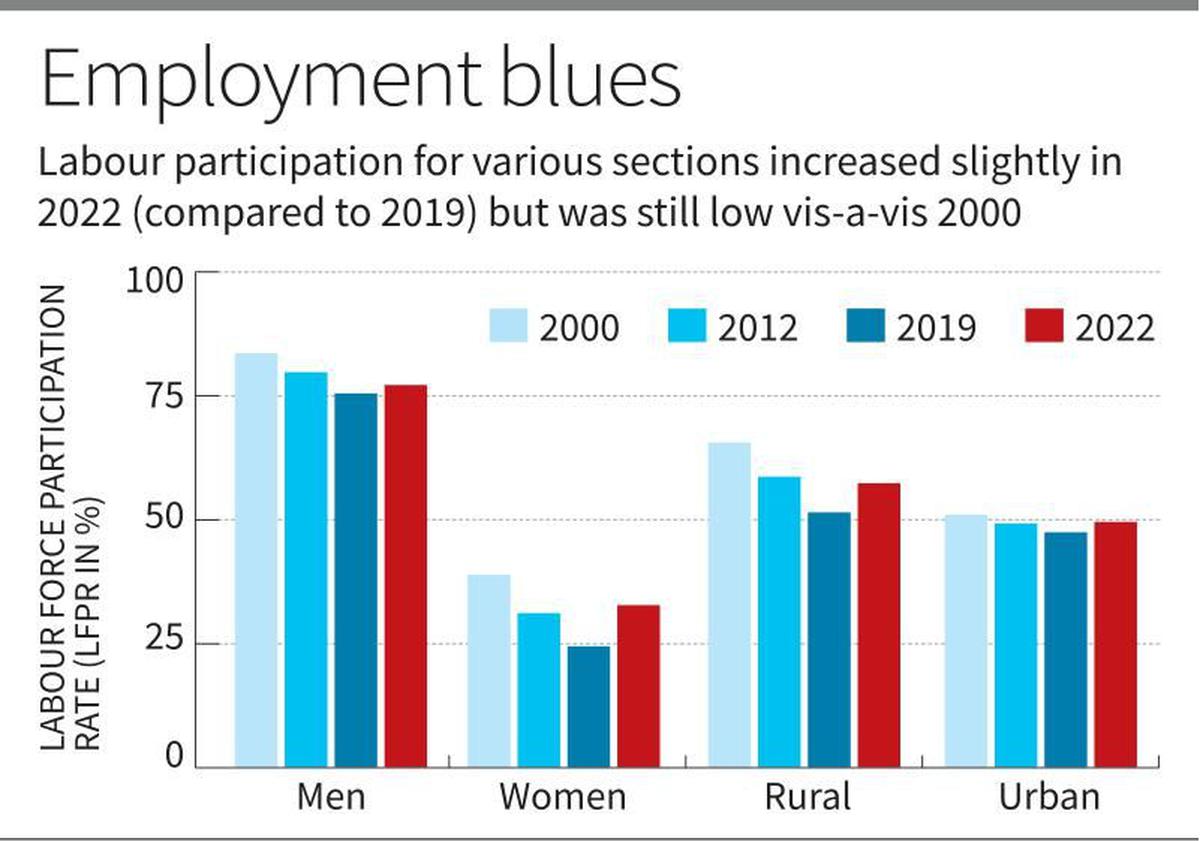ForumIAS announcing GS Foundation Program for UPSC CSE 2025-26 from 19 April. Click Here for more information.
ForumIAS Answer Writing Focus Group (AWFG) for Mains 2024 commencing from 24th June 2024. The Entrance Test for the program will be held on 28th April 2024 at 9 AM. To know more about the program visit: https://forumias.com/blog/awfg2024
Source-This post on India Employment Report 2024 is based on the article “Employment scenario in India grim, says ILO report” published in “The Hindu” on 27th March 2024.
Why in the News?
The International Labour Organisation (ILO) and the Institute of Human Development (IHD) have jointly published a report titled “India Employment Report 2024”.
About India Employment Report 2024
1. Prepared by – the Institute for Human Development in collaboration with the International Labour Organization (ILO).
2. It highlights the challenges of youth employment within India’s evolving economic, labor market, educational, and skills landscapes.
3. This report has used the data analysis from the National Sample Surveys and the Periodic Labour Force Surveys between 2000 and 2022.
Key Findings of the report:

a) There has been an increase in female labor market participation rates since 2019, especially in rural areas.
b) There has been also a gradual shift in the workforce from agricultural to non-farm sectors.
c) There has been predominance of self-employment and casual employment, with nearly 82% of workers in the informal sector.
d) A modest rise in the wages of casual laborers between 2012 and 2022 has been observed while real wages for regular workers have stagnated or declined.
e) India is expected to have a migration rate of around 40 per cent in 2030 and will have an urban population of around 607 million.
Challenges highlighted by the report:
1. Almost 90% of workers remain engaged in informal work.
2. There has been a rise in contractualisation. There is only a small percentage of regular workers covered by long-term contracts. The share of regular work increased steadily after 2000 which declined after 2018.
3. There are widespread livelihood insecurities with only a small percentage being covered with social protection measures, precisely in the non-agriculture, organized sector.
4. India’s large young workforce is a demographic dividend, but they don’t appear to have the skills to deliver with 75% of youth unable to send emails with attachments, 60% unable to copy and paste files, and 90% unable to put a mathematical formula into a spreadsheet.
Measures to address these challenges:
1. Promoting job creation.
2. Enhancing employment quality.
3. Tackling labor market inequalities.
4. Strengthening skills and active labor market policies.
5. Bridging knowledge gaps regarding labor market trends and youth employment.
Read more: International Labour Organisation (ILO)
UPSC Syllabus: Reports (Employment)




